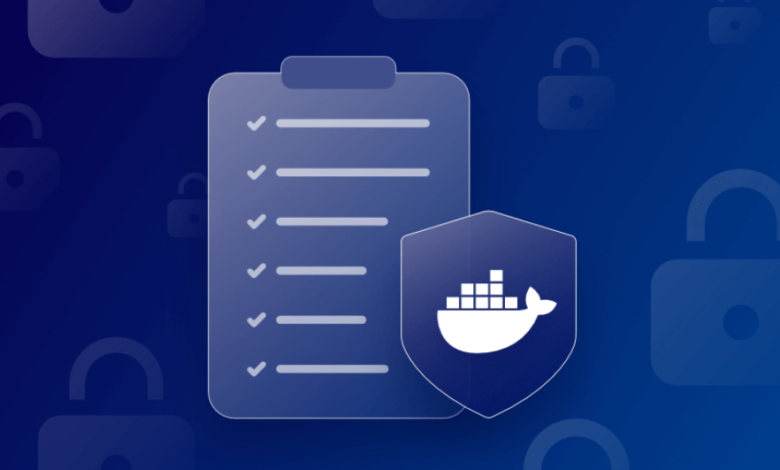How Secure Container Images Improve Compliance and Reduce Risk?

Containers are now the building blocks of modern software development in the cloud-driven world. They simplify the deployment and scaling or management of applications across environments. There are significant security concerns that come with these advantages. Most organizations have now understood that the security of images is not an easy process. It is a necessity. Secure container practices are the practices that ensure that the systems are not prone to cyber threats and that the standards of system security are met. We will find out how secure container images can be used by organizations to minimize risks and ensure compliance throughout their development process.
1. Understanding Image Security:
Each container begins with an image. And should such an image be vulnerable? It may expose the whole application. Image security deals with scanning and checking of these images prior to their deployment. This is done to ensure that containers are devoid of malicious codes and old libraries or backdoor attacks. One poor image may leak important data. It is important to ensure that images are secured all the way from development to production.
See also: Choosing the Right Door Style for Your Home
2. Reducing Vulnerabilities Through Encrypted Container Images:
By utilizing the secure container images. The Developers are in some way developing on a reliable platform. These images are scanned to identify vulnerabilities that are patched regularly and integrity checked. This minimizes the chances of mischief that might result in information leakage or system hacking. Establishing security effectively, as well as earning a feeling of certainty that their infrastructure complies with such standards as SOC 2 and ISO 27001 or GDPR. There are all the benefits of such an approach adopted by organizations.
3. Enhancing Compliance Across Cloud Environments
Software components and dependencies are usually subject to stiff control requirements in compliance frameworks. With the Docker image security measures (automated scanning and digital signatures or constant monitoring). Businesses can easily prove compliance at the time of audit. Such security measures help to make sure that all containers are of the necessary standards for image security and do not differ in terms of development and implementation.
4. The Role of Zero-CVE Kubernetes Images:
Docker image security has been a significant trend in container security in recent years. The image named ZERO-CVE is available with no known vulnerabilities. Such images are very risk-averse and help to ease the compliance process as they do not require constant patches to control the known issues. Organizations that operate Kubernetes on a large scale should consider the use of Zero-CVE images in order to keep their environments clean and compliant or efficient.
Final Thoughts:
The move towards containerized applications has complicated security and compliance. Yet it highlighted the importance of image security and compliance as never before. Organizations can protect their applications and secure customer data or comply with international standards using secure container images by prioritizing image security. By using a cutting-edge scan or Zero-CVE Kubernetes images. It is the most intelligent method to mitigate risk and develop long-term security in the digital world of the future, 2025.





